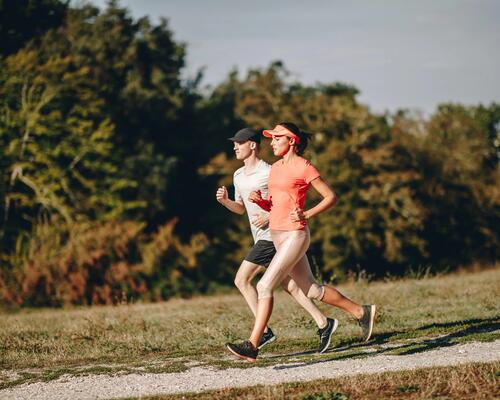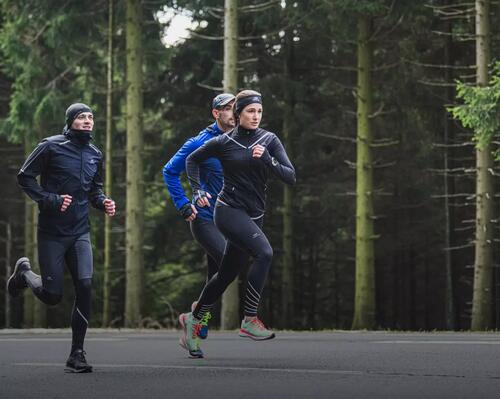The Different Running Types:
1. Road Running: Road running is the most common type, and is done on paved roads. Since it provides a smooth surface, it is ideal for beginners. It is also an excellent way to participate in local races, such as marathons and half-marathons.
2. Trail Running: Trail running takes place in the great outdoors, on mountain trails, through forests, and across rivers. This type of running strengthens stabilizer muscles, improves balance, and promotes a deeper connection with nature.
3. Track Running: Track running is done on a running track, usually 400 metres long. It is ideal for targeted training sessions, such as sprints and speed training.
4. Mountain Running: Mountain running challenges runners through steep terrain and elevation changes. It improves muscular power, as well as endurance and resistance.










